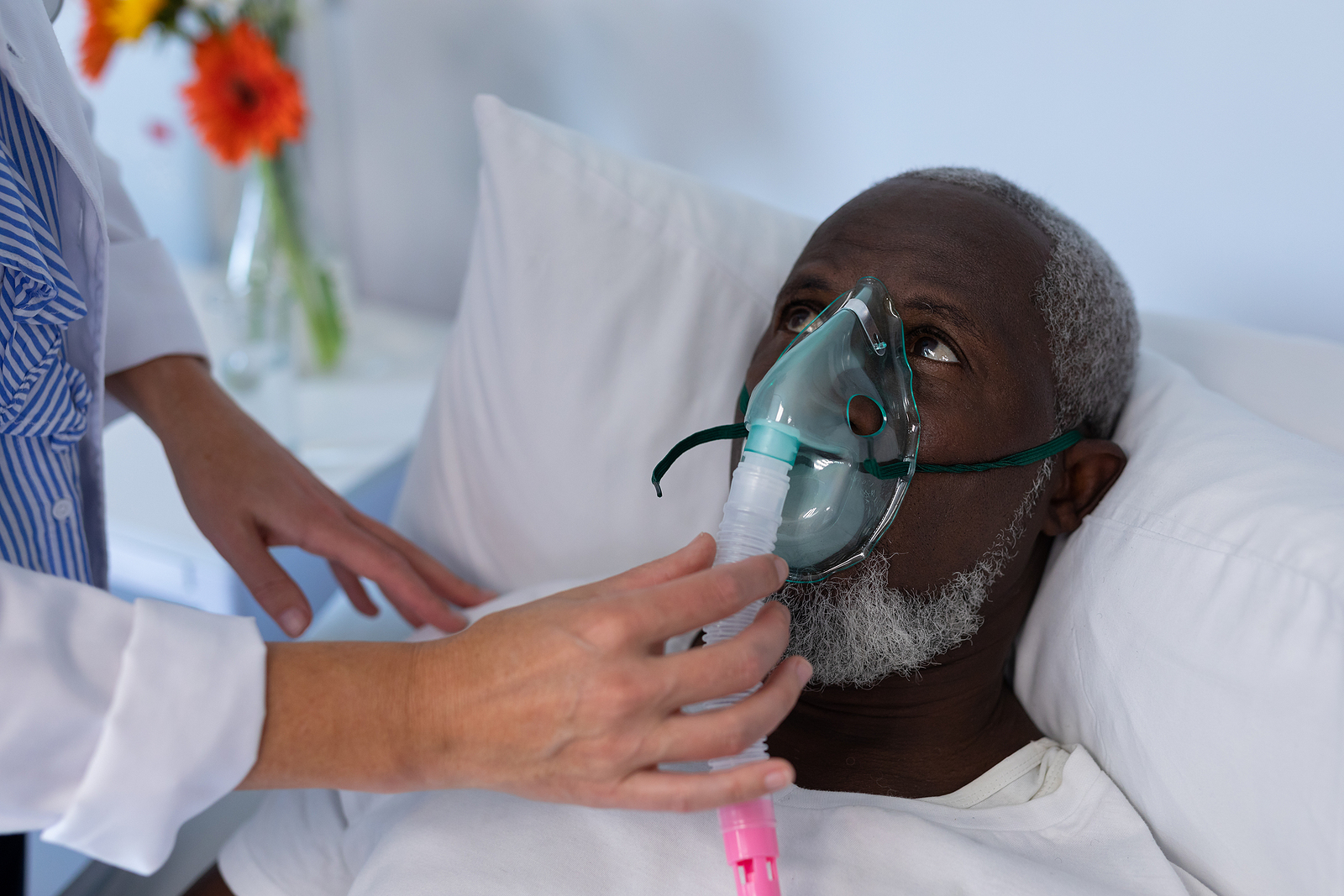Newsletter 2021
Newsletter March 2021: Difficulties in treating patients in a non-COVID-19 orthopaedic hospital
Adela Hilda Onutu
Orthopaedic and Trauma Clinic, Emergency County Hospital, Cluj-Napoca, Romania
The SARS-CoV-2 pandemic led to significant changes in our professional activity, by modifying our routine decisions regarding each patient. This becomes obvious when the hospital is dedicated to one single speciality, like orthopaedic surgery. Due to this specific profile, access to all specialities facilities is sometimes cumbersome, and even dangerous for the patient in a critical condition.
The COVID-19 pandemics demand a reduction of the number of beds in each hospital, in order to respect the social distance rules. This new reality, together with the need for reducing the cross-infection risk among patients, reduces surgical activity only to emergency cases, such as trauma.
Traumatic hip fractures represent half of the orthopaedic emergency cases, and the majority of patients are old and present many comorbidities. In many cases, the patient is reluctant to get to the emergency room because of fear of being exposed to the virus. Some of them live in remote locations, are single and lost contact with their family physician, especially during wintertime. It is not unusual to uncover signs of depression after months of lockdown at home.
Once admitted to the hospital the patient is tested RT-PCR for coronavirus and immediately isolated in a special ward until the test result reaches the department, which can take time, between 6 and 24 hours. If the test is positive a decision to move them to a COVID-19 ward is taken and the patient is scheduled for the emergent procedure.
Data from Johns Hopkins Health System showed that the PCR-RT test could result in false-negative results, between 100% on day 1 of infection and 68% on day 4. Even more on day 5, when symptoms begin, this probability of false-negative test still exists, around 38% (1).
In any case, a patient who tested negative would reach the operating room and the team would proceed with surgery.
The selection of a proper anaesthesia technique in these cases is crucial.
Using mostly regional anaesthesia, such as spinal anaesthesia and ultrasound-guided peripheral nerve blocks for upper limbs, we manage to avoid airway manipulation and mechanical ventilation, reducing patients’ risks and ours.
Every perioperative respiratory distress raises the suspicion of COVID-19. Of course, this viral infection could coexist with pulmonary contusion, chronic obstructive pulmonary disease, cardiac disease, other pulmonary infection, or fat embolism syndrome, mainly in the case of an old, orthopaedic patient.
The patient with respiratory failure requires ICU admission, isolation, testing for coronavirus, and if positive, transfer to a dedicated ICU.
The problems start if this patient becomes positive postoperatively. In the absence of a dedicated intensive care unit (ICU) for COVID patients, there is an obligation to transfer him/her to another medical facility, a general hospital, which has created a special ICU for infected patients.
First, there could be a problem to find a free bed in an ICU as close as possible to the orthopaedic hospital.
Hip surgery in patients with COVID-19 saw dramatically increased mortality, up to 35.3%, as well as the rate of complications and hospital length stay (2). The results of a meta-analysis on postoperative complications in surgical patients with COVID-19 reported a 15 % rate of admission in ICU. Besides, it found a global perioperative mortality prevalence of 20% and higher values for orthopaedic patients (3).
The transfer to another medical institution, sometimes many kilometres away, could be accompanied by complications related to haemodynamic and respiratory stability. Because of all the vibrations, accelerating/decelerating forces, temperature variations, humidity, and other factors associated with transportation, the transfer represents real potential harm.
This situation represents a serious challenge for the anaesthesiologist in charge of such a patient.
It is not enough to assure all the means for an efficient monitoring system and respiratory support. One has to take care of the team which would accompany the patient and a proper and quick transfer of vital information regarding his/her situation.
So, suddenly, your patient is not yours anymore.
But his/her condition and outcome are much more important than any feeling of the medical team, which was in charge of this patient until the moment of transfer.
We have to learn to live with this new reality.
References
- Kucirka LM, Lauer SA, Laeyendecker O et al.. Ann Intern Med 2020;173:262-267
- Egol KA, Konda SR, Bird ML et al.. J Orthop Trauma 2020;34:395-402
- Abate SM, Mantefardo B, Basu B.. Patient Saf Surg 2020 Oct 12;14:37
Read More of our Monthly newsletter.
Read More of our special newsletter covering our virtual congress.
Visit our COVID-19 Resource Hub for other news and resources.











